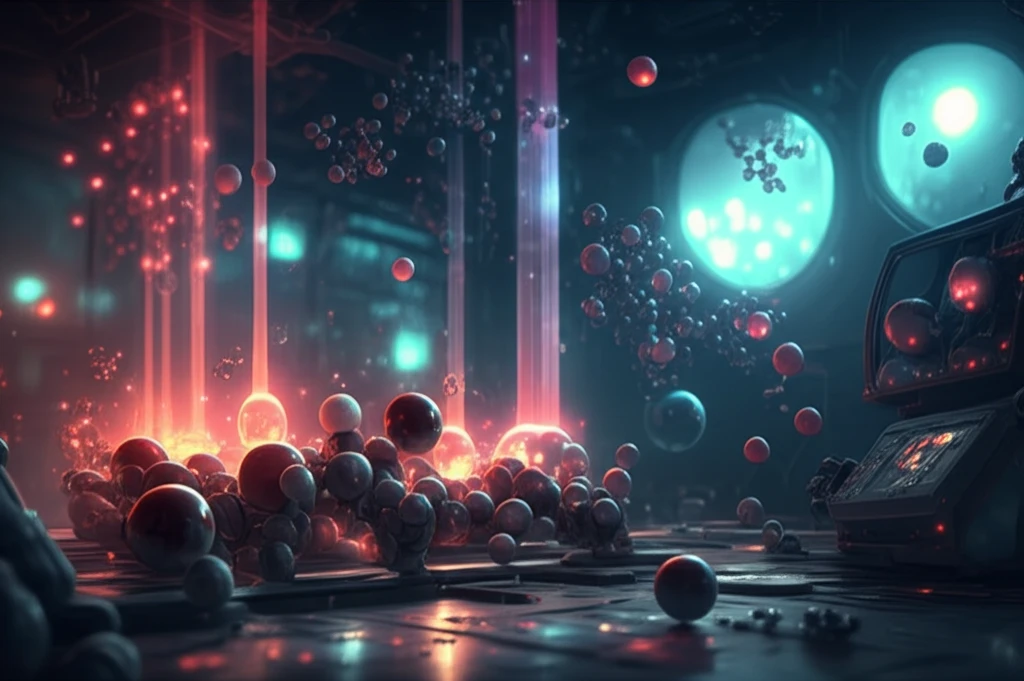
Laser Light Control: New Tech Could Revolutionize Gas Sensing
"Scientists unlock new methods for switching Quantum Cascade Laser frequency combs on and off, enhancing precision in mid-infrared applications."
Mid-infrared Quantum Cascade Lasers (QCLs) are transforming industries such as security, health, and gas sensing, offering unprecedented accuracy and sensitivity. Their ability to analyze spectral gases has spurred significant interest and research, particularly with the emergence of QCL frequency combs that extend over 20-40 cm-¹. These advancements promise more detailed and efficient detection capabilities, vital for environmental monitoring and medical diagnostics.
Despite their potential, the behavior and control of QCL combs are not fully understood. Unlike traditional lasers that produce regular pulse trains in the time domain, QCL combs often exhibit incoherent multimode emission. This characteristic poses challenges in achieving stable and predictable performance, hindering their widespread adoption in various applications.
Recent research has focused on addressing these limitations by exploring mechanisms to switch QCL combs on and off using multimode Risken-Nummedal-Graham-Haken (RNGH) instability. By manipulating the laser's operational parameters, scientists aim to harness this instability to achieve greater control and precision. These efforts are crucial for unlocking the full potential of QCLs in diverse technological fields.
Understanding QCL Structure and Functionality

The foundation of these advancements lies in the intricate structure and fabrication of Quantum Cascade Lasers. A common setup involves Fabry-Perot (FP) cavity devices, typically 3 mm in length, designed to emit light at approximately 8 μm wavelength. These lasers are built using multiple quantum wells (QWs), separated by injection barriers, and powered through sequential resonant tunneling. This design ensures strong coupling between the injector subbands and the active levels within the QWs, optimizing the laser's performance.
- Fabry-Perot (FP) cavity devices optimize emission.
- Multiple quantum wells (QWs) enhance light amplification.
- Sequential resonant tunneling powers the laser efficiently.
- Rabi flopping frequency limits spectral width, ensuring precision.
The Future of QCL Technology
The exploration of Risken-Nummedal-Graham-Haken (RNGH) instability and its impact on Mid-IR QCL combs marks a significant step toward enhancing laser technology. While the downside of this mechanism is that it does not inherently lead to pulse formation in the time domain, the insights gained are invaluable. Supported by initiatives like the Swiss National Science Foundation (SNF) project FASTIQ and the European Union's Horizon 2020 program, ongoing research continues to refine QCL capabilities. As QCL technology advances, its applications in environmental monitoring, medical diagnostics, and security will undoubtedly expand, driven by increased precision and control.
